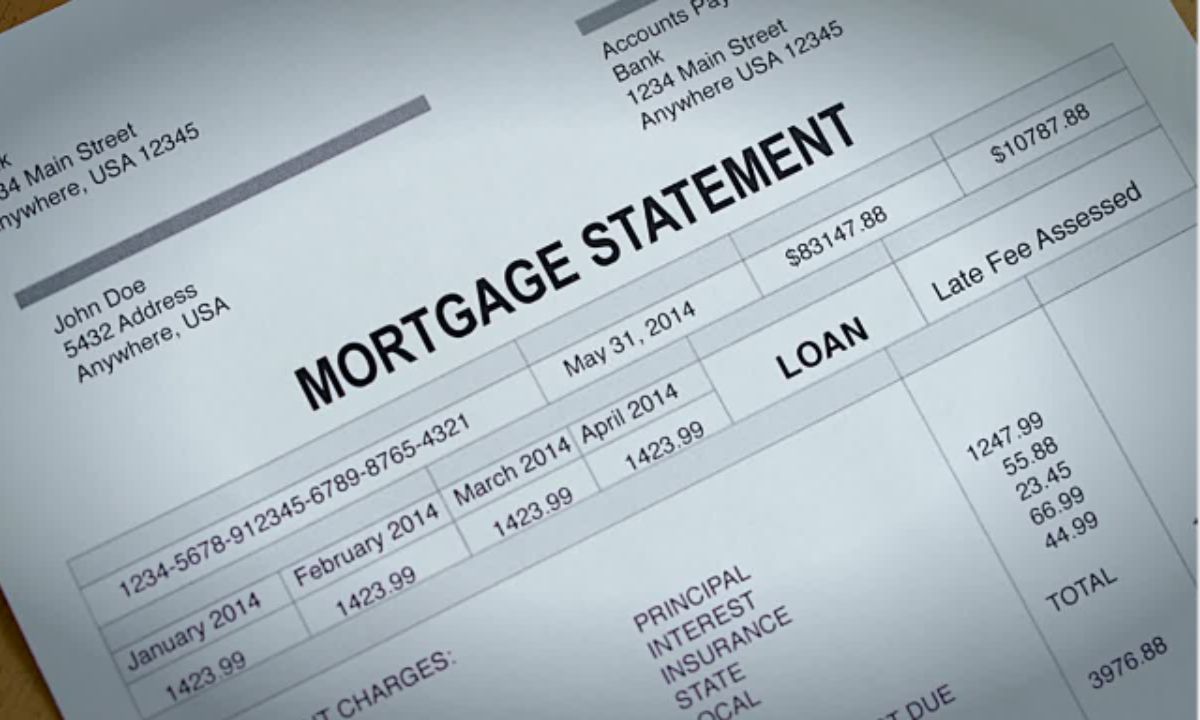The Difference Between Pending And Contingent Deals
 The real estate market can be a bit confusing, especially when you encounter terms like “pending” and “contingent” deals. Understanding these terms is crucial whether you’re a buyer or a seller, as they can significantly impact the progression of a property transaction.
The real estate market can be a bit confusing, especially when you encounter terms like “pending” and “contingent” deals. Understanding these terms is crucial whether you’re a buyer or a seller, as they can significantly impact the progression of a property transaction.
What Is a Contingent Deal?
A contingent deal occurs when a seller has accepted an offer from a buyer, but the sale is dependent on certain conditions being met. These conditions, or contingencies, are clauses included in the contract that must be satisfied for the sale to proceed. Common contingencies include:
- Home Inspection Contingency: The buyer can back out or negotiate repairs if significant issues are found during the inspection.
- Appraisal Contingency: The deal depends on the property being appraised at a value equal to or greater than the agreed-upon purchase price.
- Financing Contingency: The sale hinges on the buyer securing a mortgage loan.
- Sale of Buyer’s Property Contingency: The buyer must sell their current home before purchasing the new one.
While the property is marked as “contingent,” it remains on the market, and other buyers can submit backup offers. However, the initial buyer typically has the first right to proceed with the purchase once the contingencies are resolved.
What Is a Pending Deal?
A pending deal indicates that all contingencies have been met, and the transaction is in its final stages before closing. At this point, the property is effectively off the market, and no new offers are being considered. The steps that typically remain in a pending deal include:
- Finalizing Financing: The buyer completes the mortgage process.
- Title Search and Insurance: Ensuring the property title is clear of any liens or disputes.
- Final Walkthrough: The buyer conducts a last check of the property to ensure it’s in the agreed-upon condition.
- Closing: The final step where all documents are signed, and ownership is officially transferred.
Key Differences
The main difference between pending and contingent deals lies in the stage of the transaction process. Contingent deals have unresolved conditions that could potentially derail the sale while pending deals have cleared these hurdles and are moving toward closing.
Understanding these terms helps buyers and sellers manage their expectations and strategize accordingly. For buyers, knowing the status can influence the timing and approach to making an offer. For sellers, it’s essential to keep the transaction moving smoothly to transition from contingent to pending status successfully.
Why It Matters
In a competitive real estate market, knowing whether a property is contingent or pending can help buyers decide where to focus their efforts. For sellers, understanding these terms ensures you’re better prepared for each stage of the sale and can address potential issues proactively.
Navigating the real estate landscape involves many such nuances, and being well-informed can make the process smoother and more successful for all parties involved.

 Mortgage life insurance is a type of policy designed to pay off your mortgage in the event of your death. As with any financial product, it has its pros and cons. Understanding these can help you determine whether it makes sense for your situation.
Mortgage life insurance is a type of policy designed to pay off your mortgage in the event of your death. As with any financial product, it has its pros and cons. Understanding these can help you determine whether it makes sense for your situation. Your mortgage statement is an important document that provides detailed information about your home loan. Understanding it can help you manage your mortgage more effectively, identify potential issues early, and ensure you’re on track with your payments. Here is a list to help guide you when reading your mortgage statement, what to look for, and how to verify its accuracy.
Your mortgage statement is an important document that provides detailed information about your home loan. Understanding it can help you manage your mortgage more effectively, identify potential issues early, and ensure you’re on track with your payments. Here is a list to help guide you when reading your mortgage statement, what to look for, and how to verify its accuracy. When it comes to buying a home, you will find many mortgage options available. One of the lesser-known but potentially advantageous choices is the Graduated Payment Mortgage (GPM). Let’s discuss what GPMs are, how they work, and how they differ from other mortgage options.
When it comes to buying a home, you will find many mortgage options available. One of the lesser-known but potentially advantageous choices is the Graduated Payment Mortgage (GPM). Let’s discuss what GPMs are, how they work, and how they differ from other mortgage options.